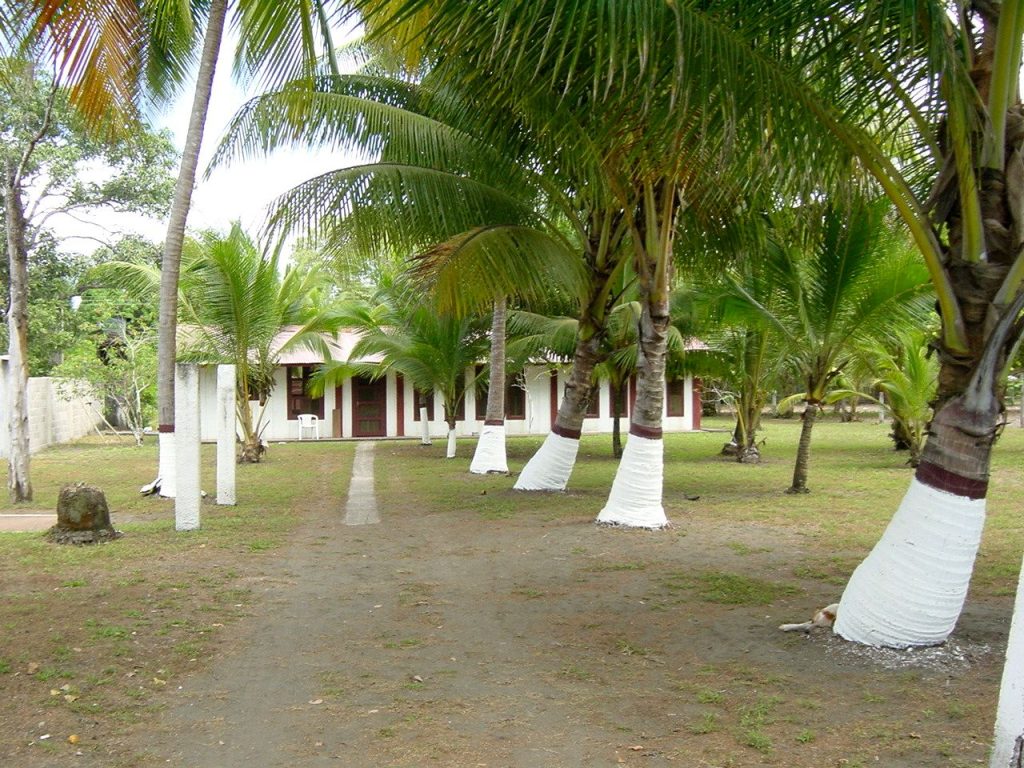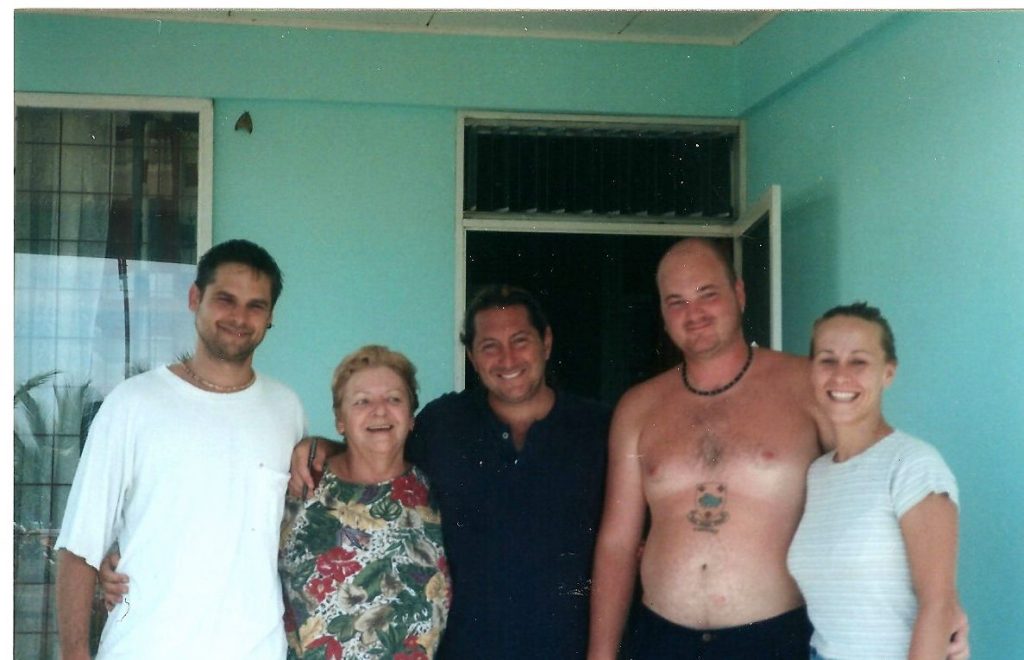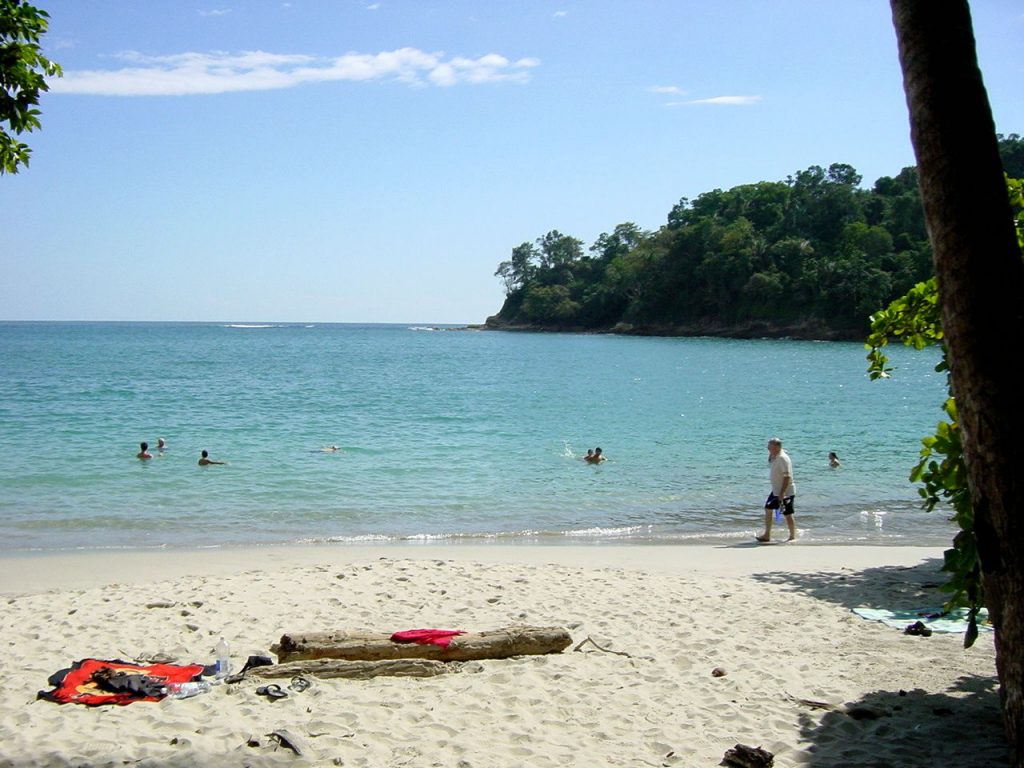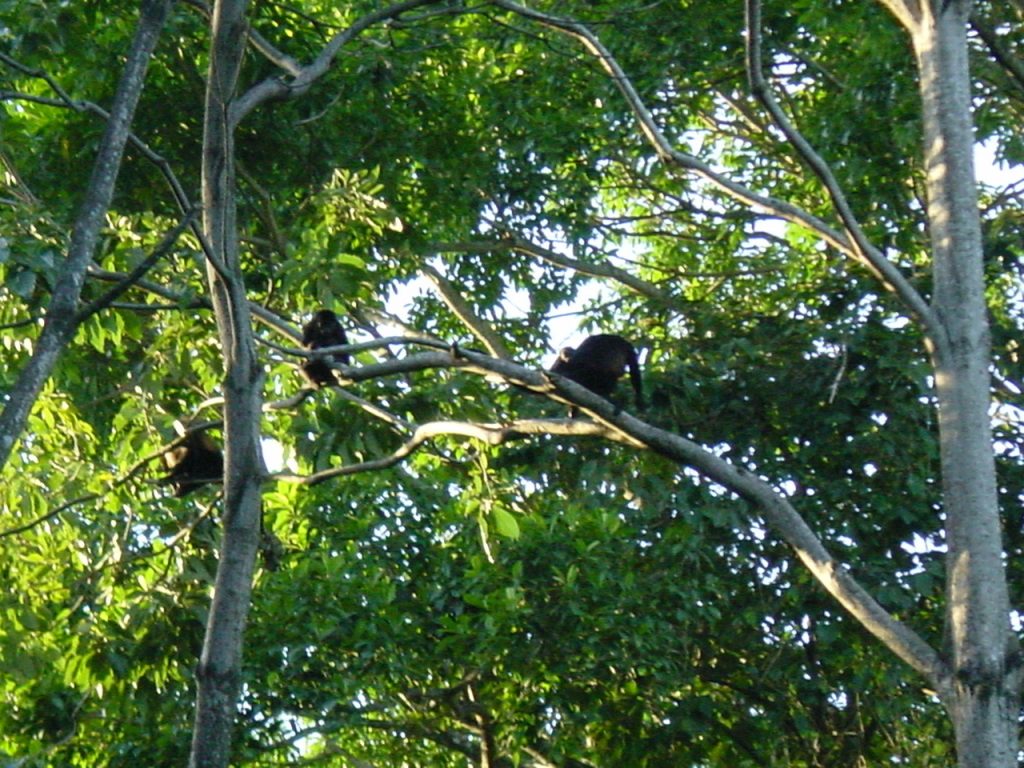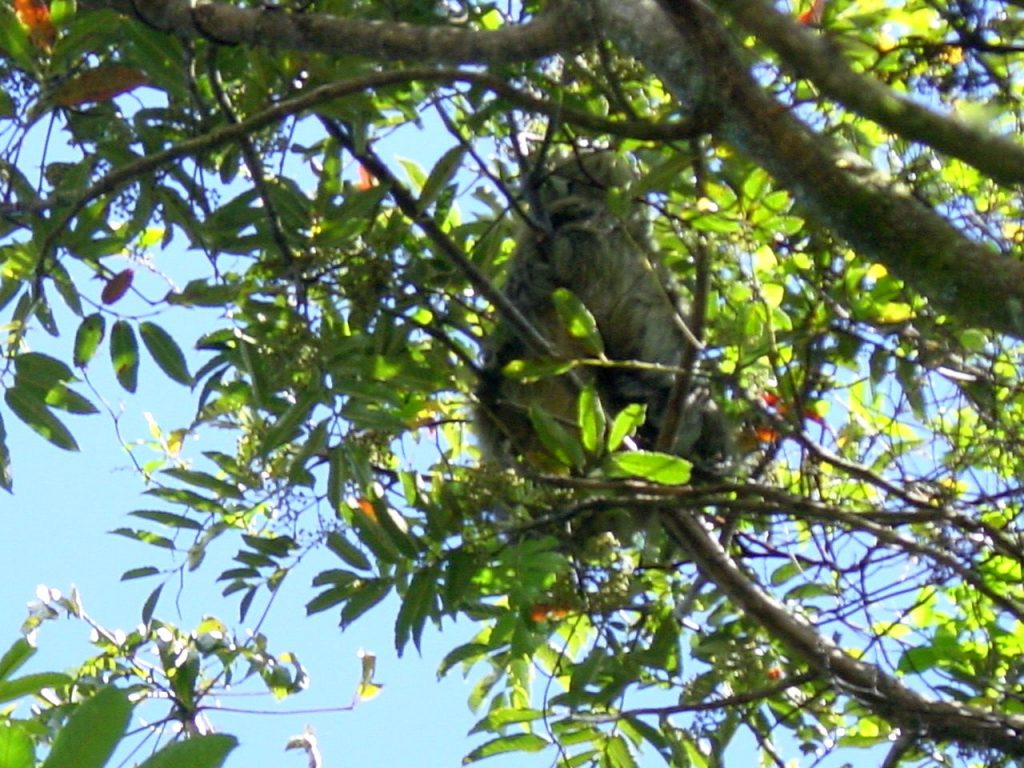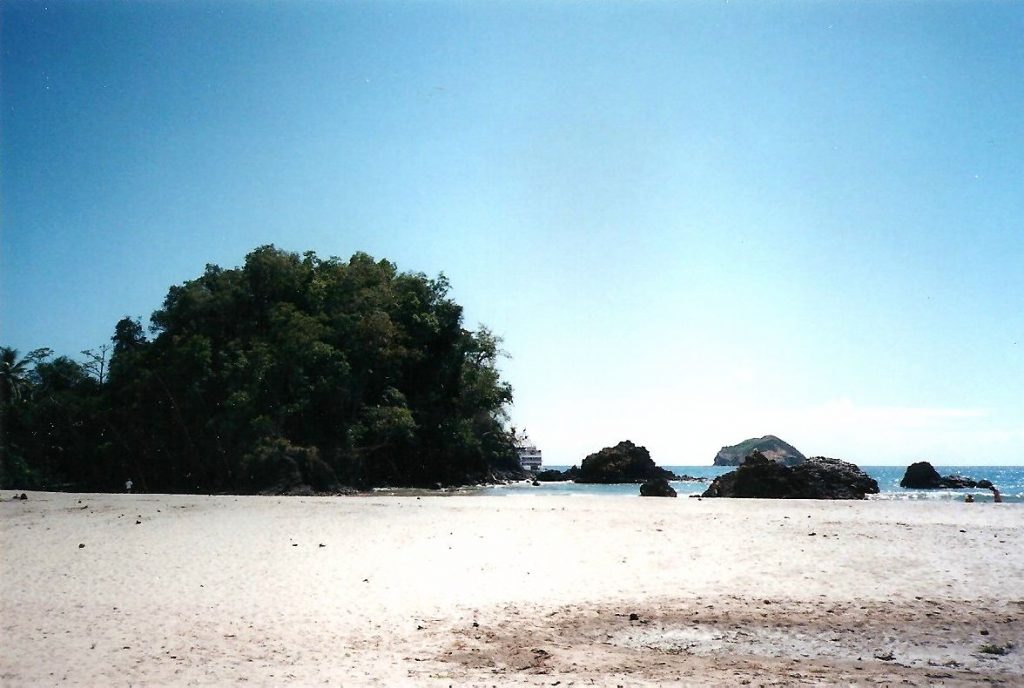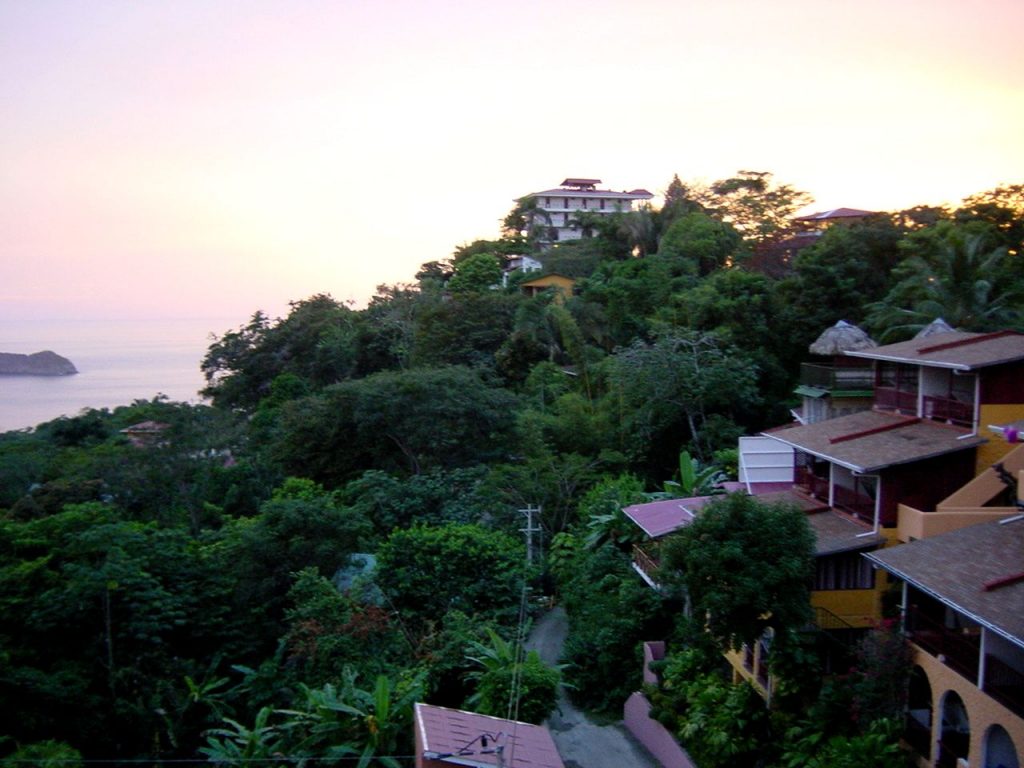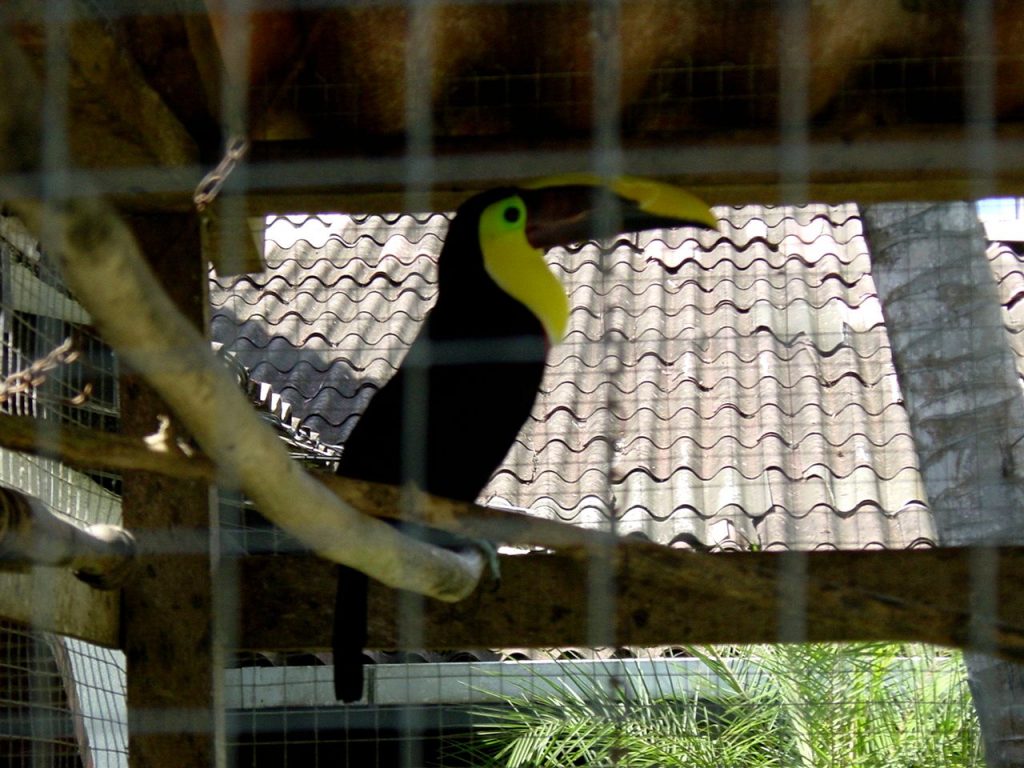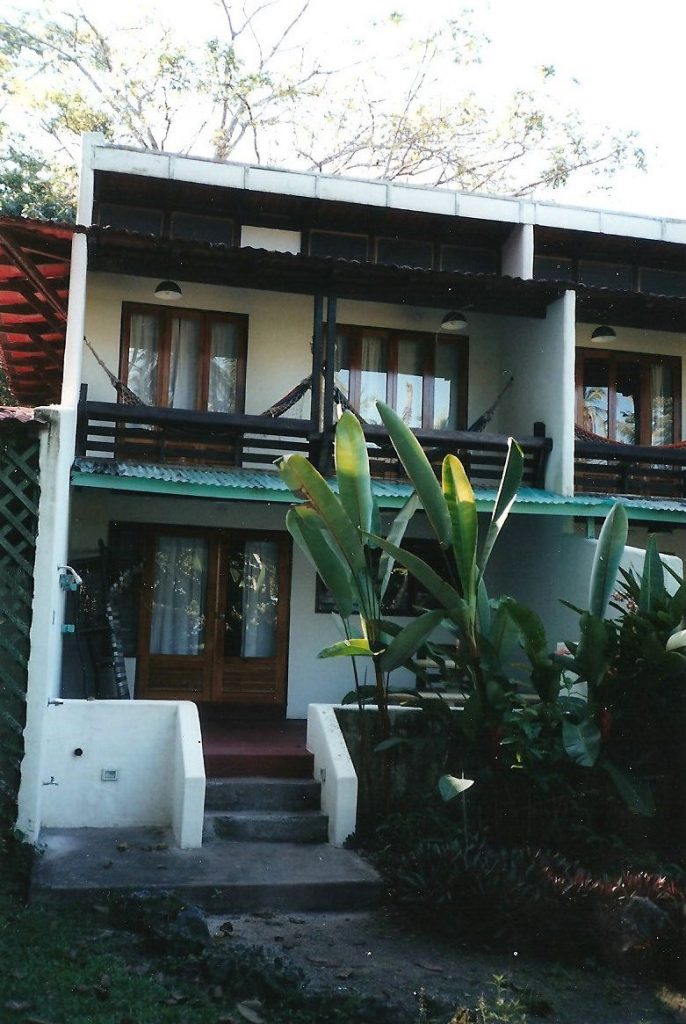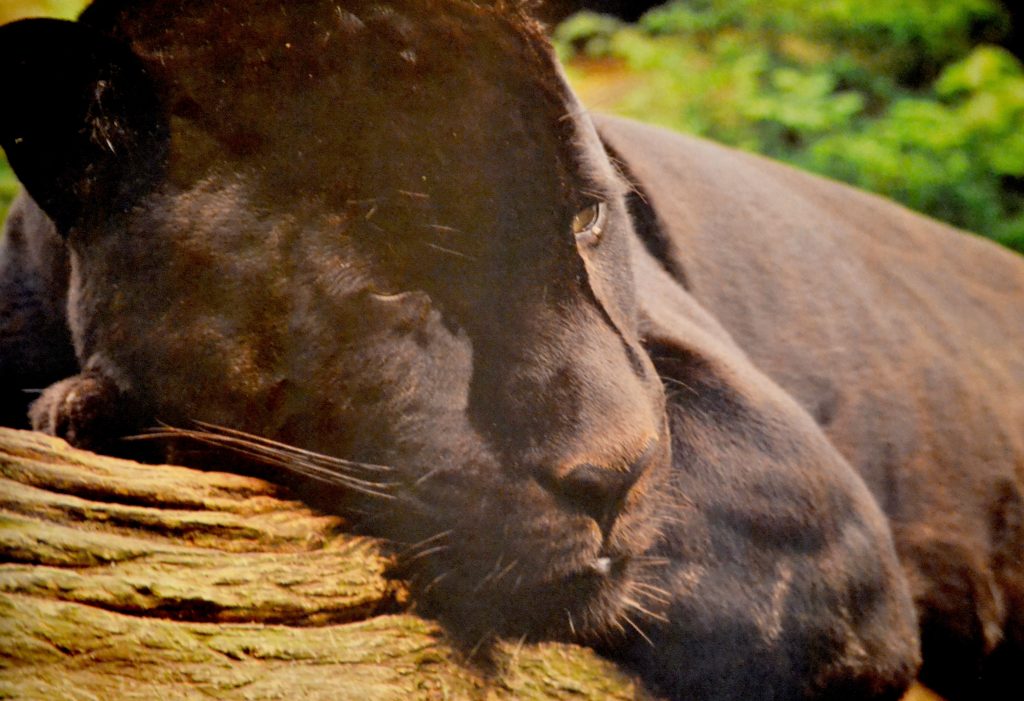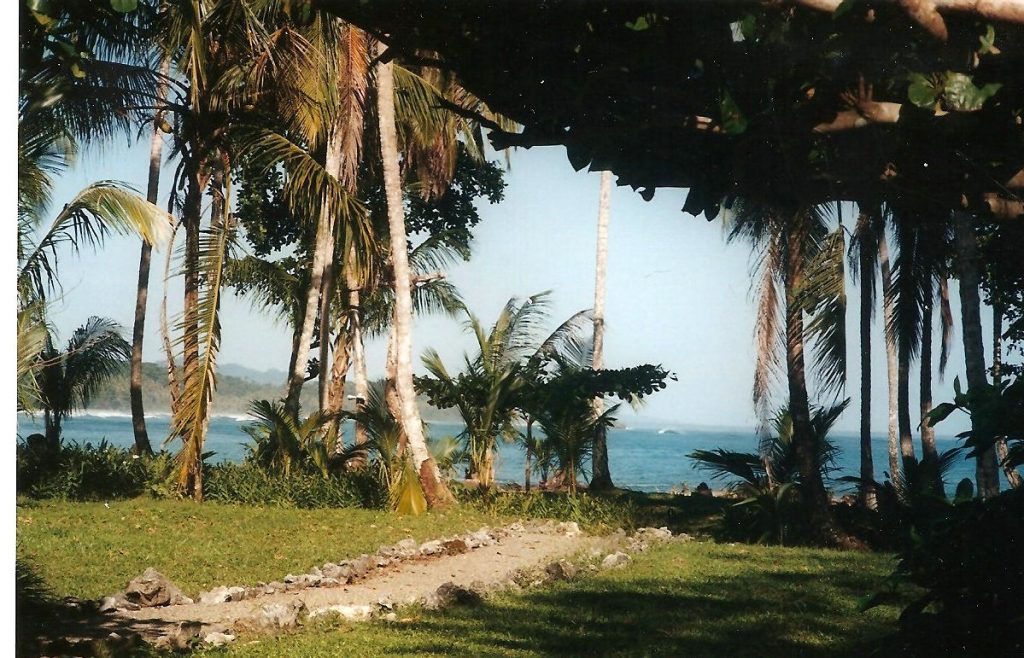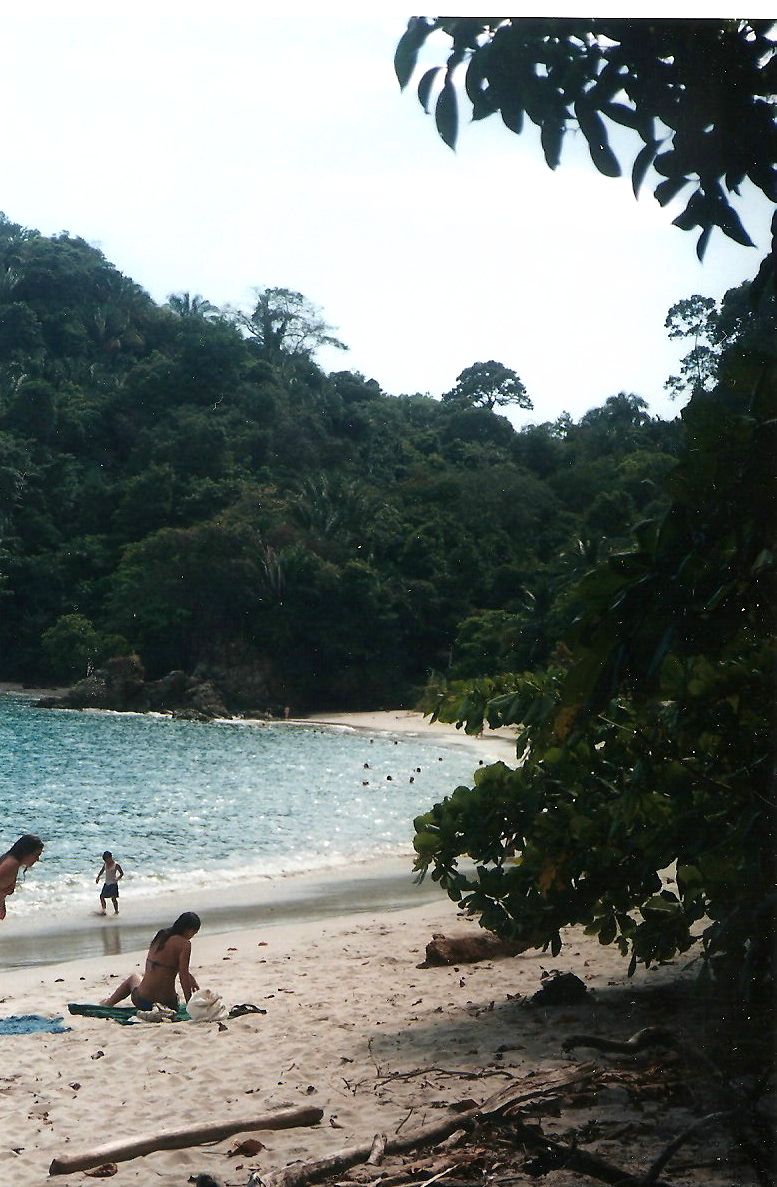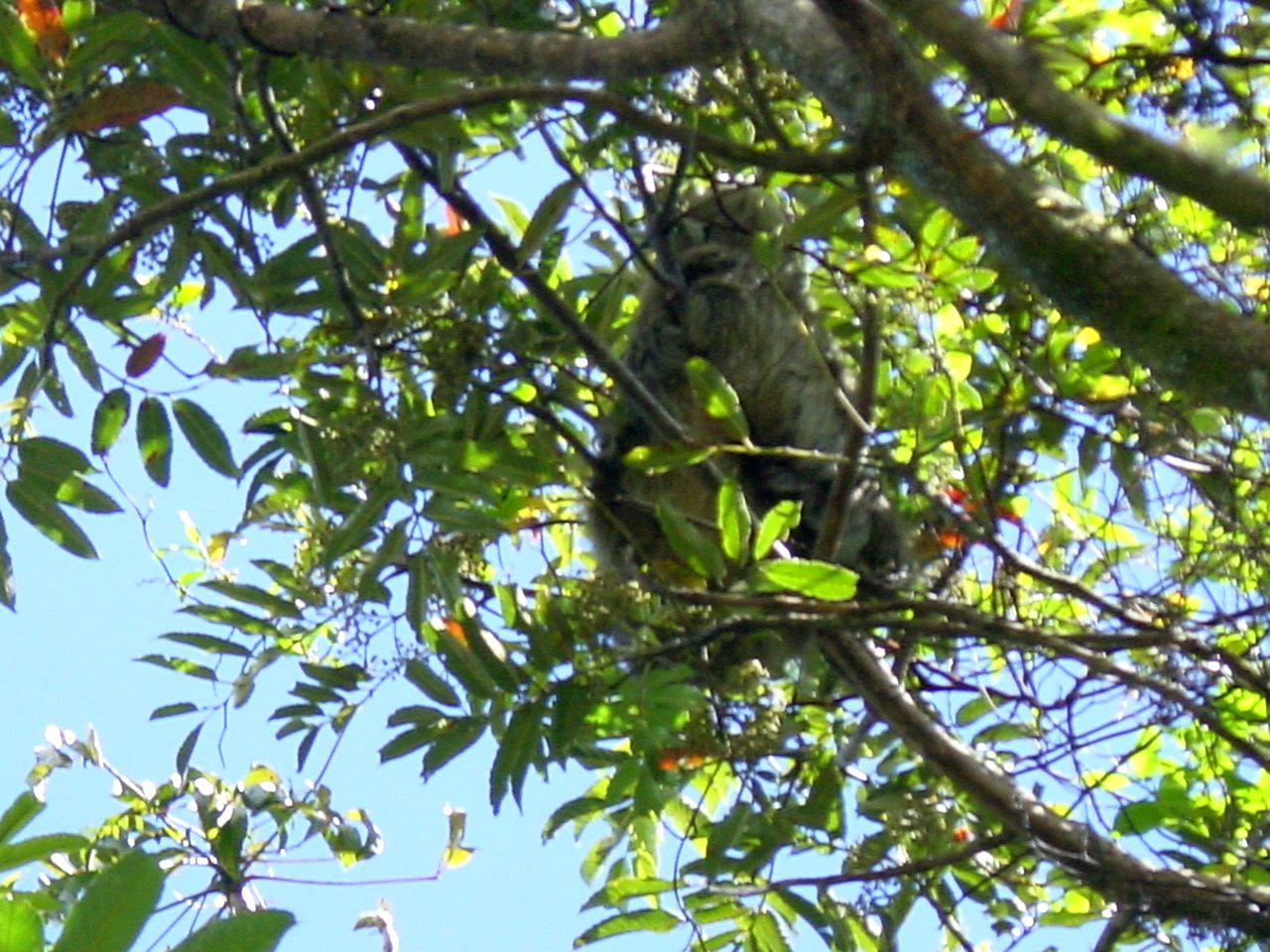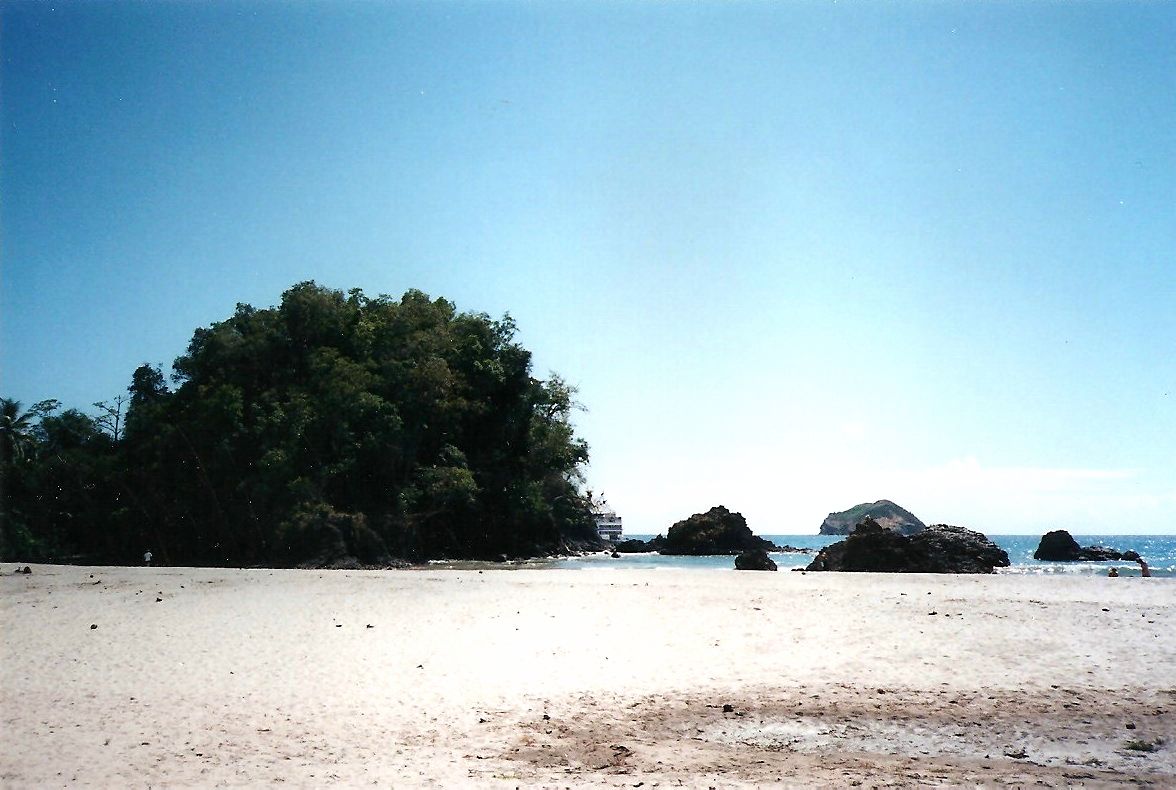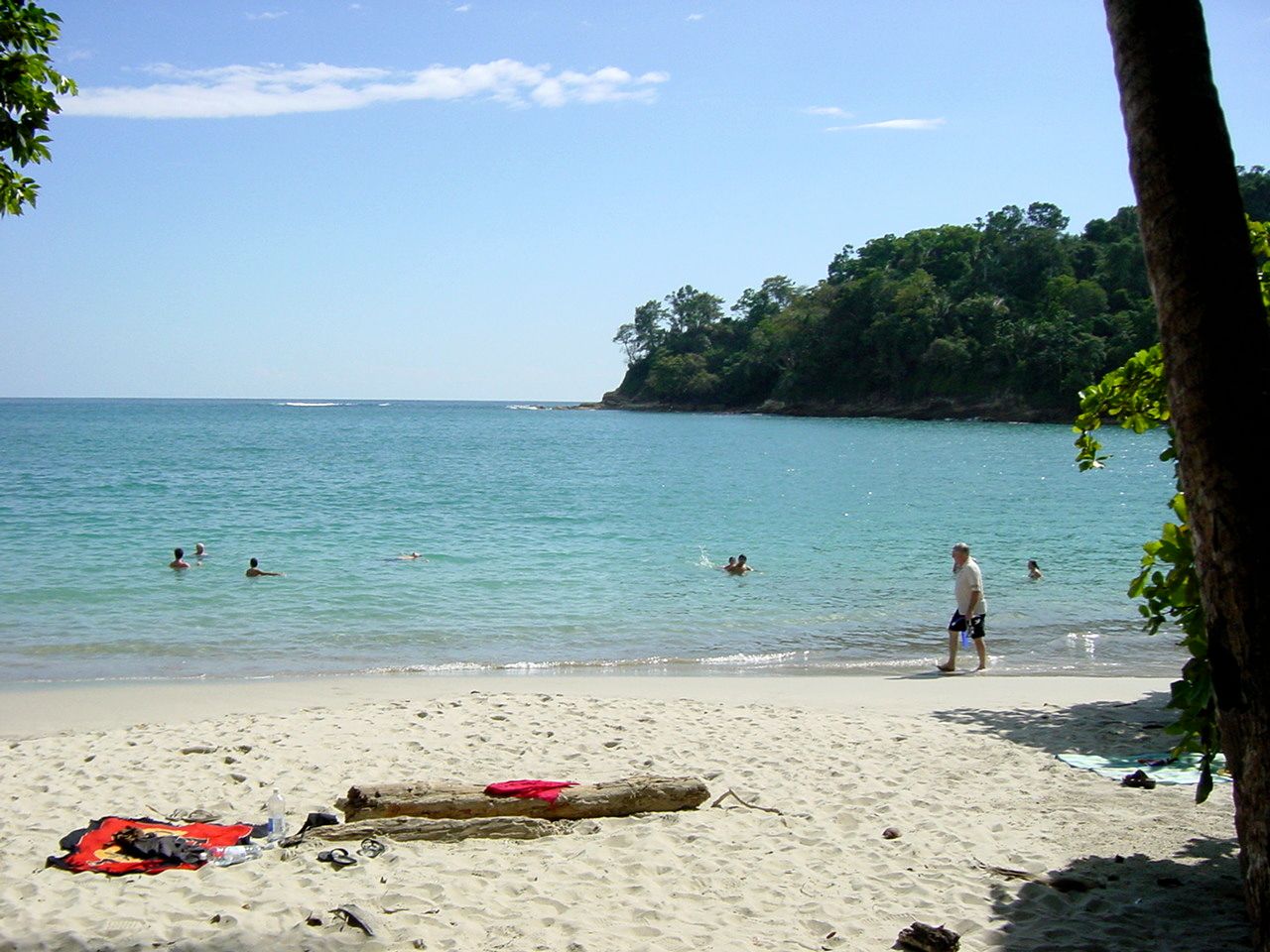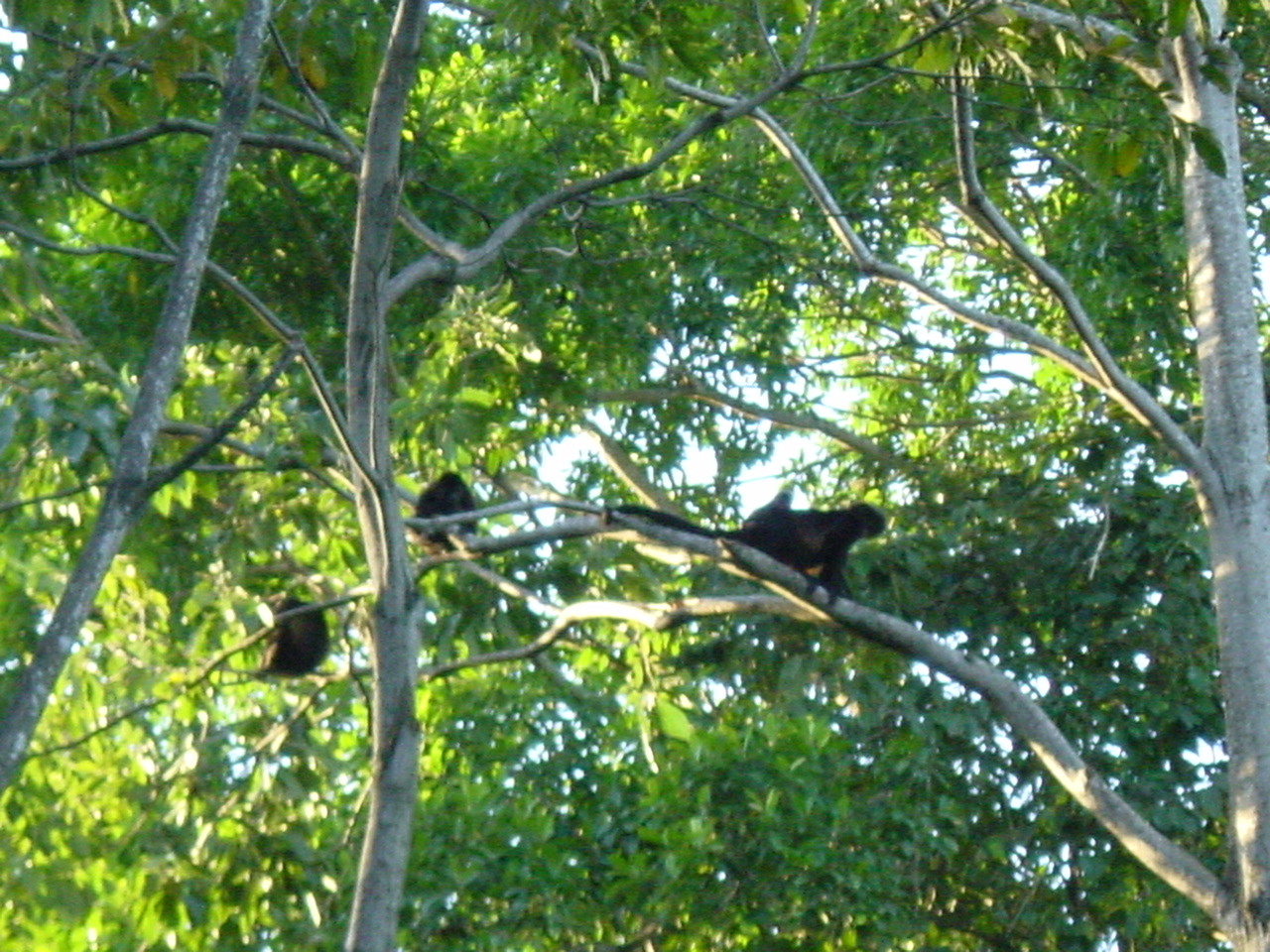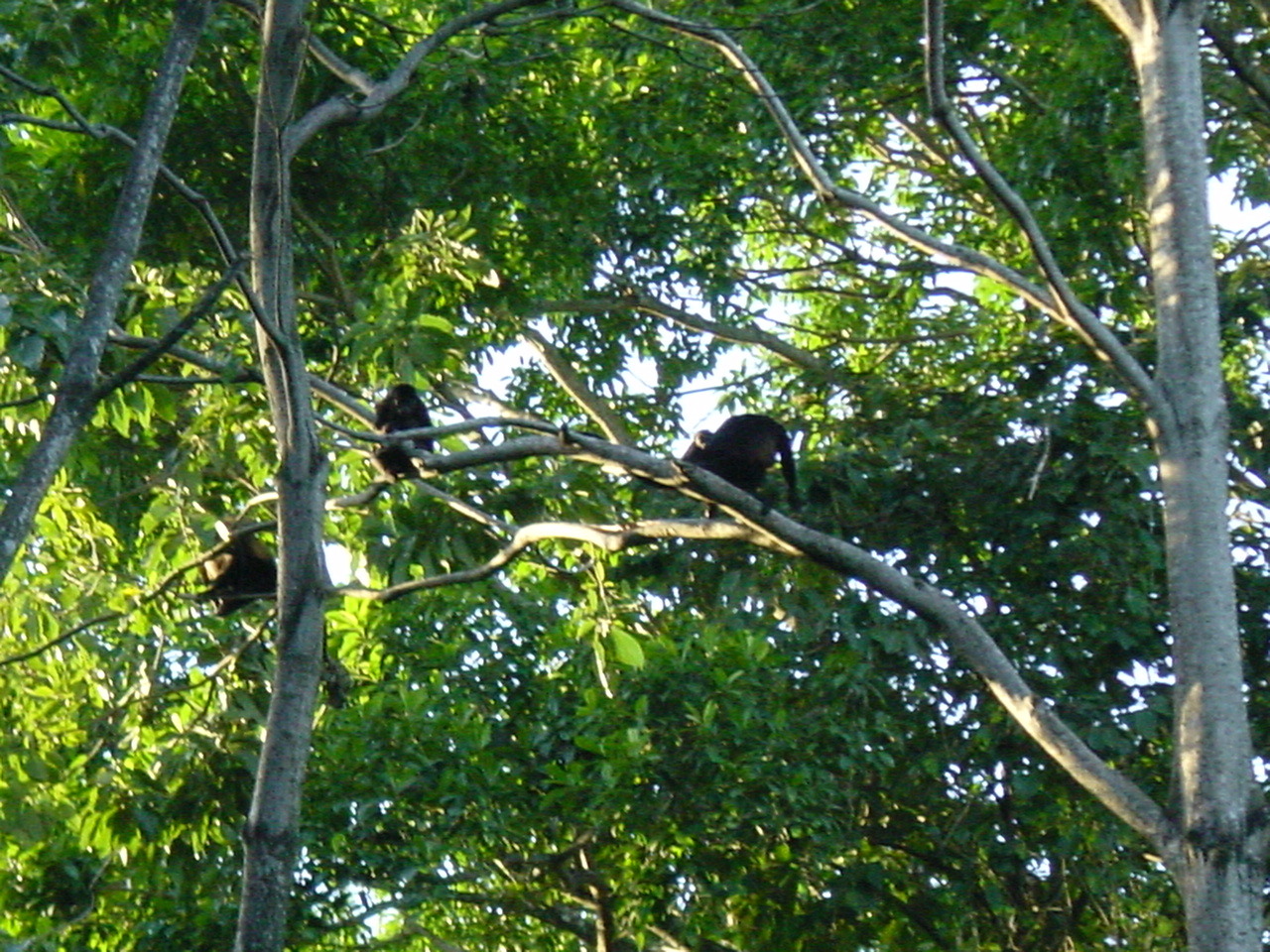The Anza-Borrego Desert is one of my favorite places in Southern California to hike. Located about two hours east of San Diego, the Anza-Borrego is a perfect location to experience geological diversity as well as explore the flora and fauna of a desert environment.
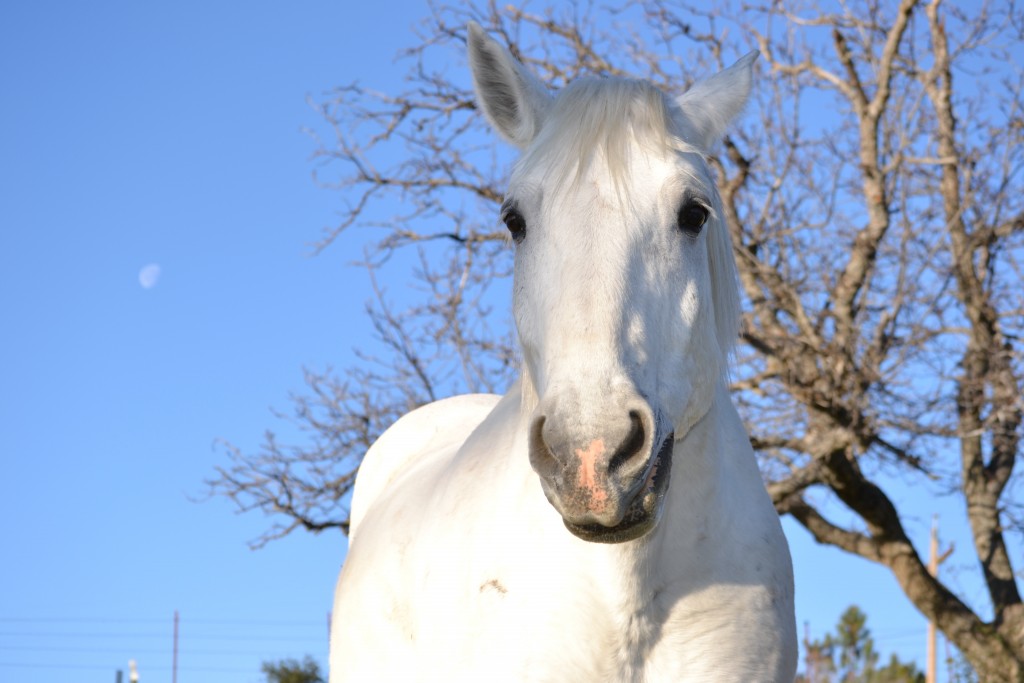
First stop in Julian, CA prior to entering the Anza Borrego Park
Before reaching the entrance into the state park, I couldn’t resist a stop in charming Julian. This “one-horse” town is a welcome oasis from the long, uneventful drive from the city. Designated as a California Historical Landmark, it was once a thriving gold rush settlement in the early 1800s. My favorite place to stop is Julian Pie Company on Main Street and bring home a pie or two.
Apple trees were first brought to Julian when settlers arrived hoping to strike it rich with the gold rush. The fruit crops thrived in the fresh mountain air and Julian has since been known for its world-famous apple pies.
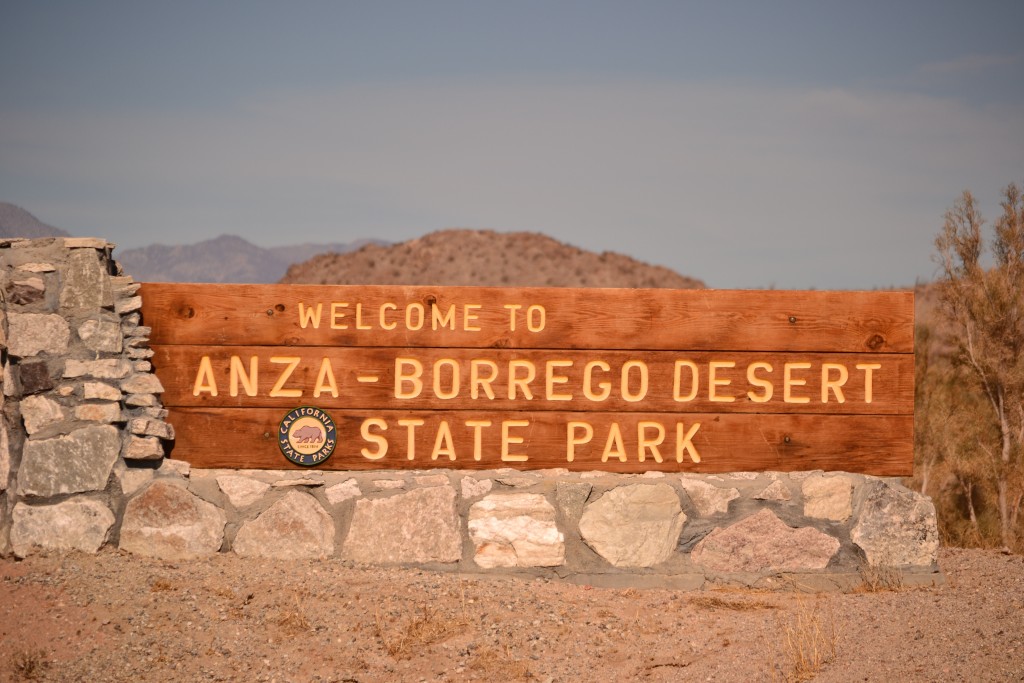
The origin of the park’s name, Anza-Borrego, is Spanish. Anza represents an 18th century Spanish explorer who roamed the desert area and the word Borrego means bighorn sheep. It is the largest park in the state of California and I found myself a little lost at times, not only in its beauty, but within its wide open spaces.
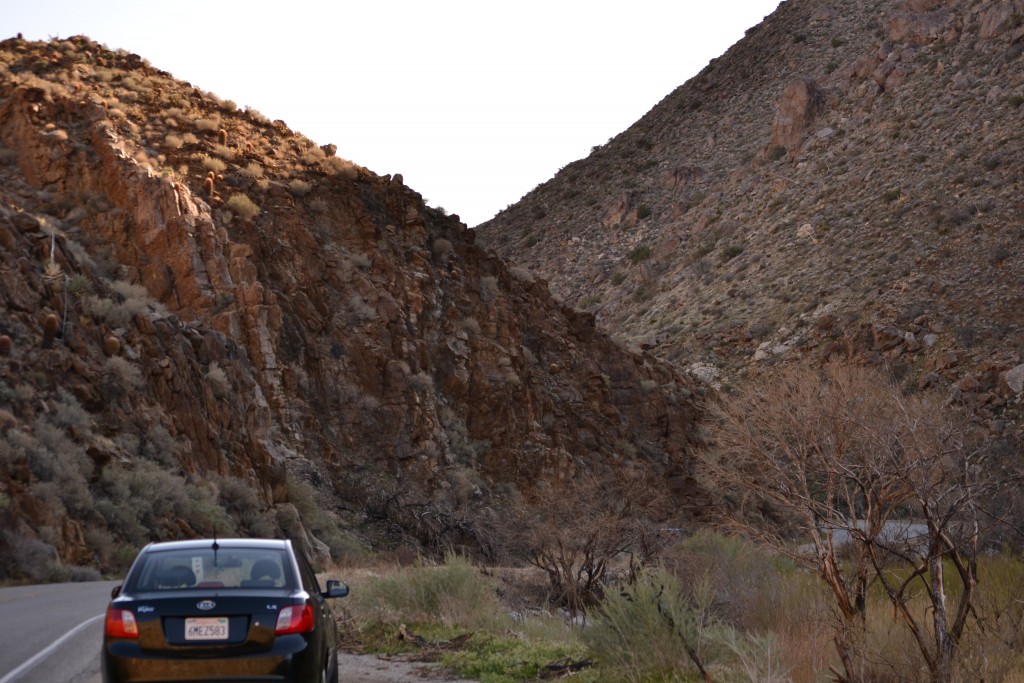 There are close to 500 miles of dirt roads and over 100 miles of hiking trails. Since I was coming from San Diego, I entered the park from state route 79, passing through the Laguna Mountains.
There are close to 500 miles of dirt roads and over 100 miles of hiking trails. Since I was coming from San Diego, I entered the park from state route 79, passing through the Laguna Mountains.
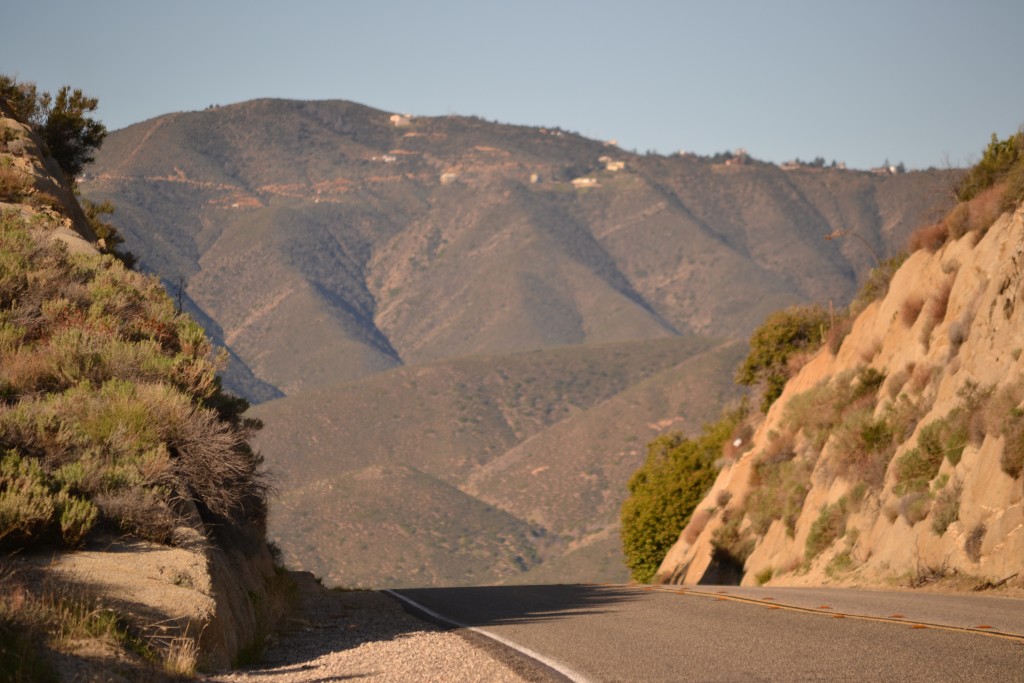
My favorite part of the drive was watching the landscape appear in the twists and turns of my route. I pulled over to capture multiple peaks framed by the rocky hills rising up on each side of the road. The desert landscape showed only a hint of green even during my spring visit in March and I imagined that it would be extremely hot and unbearable during the summer months.
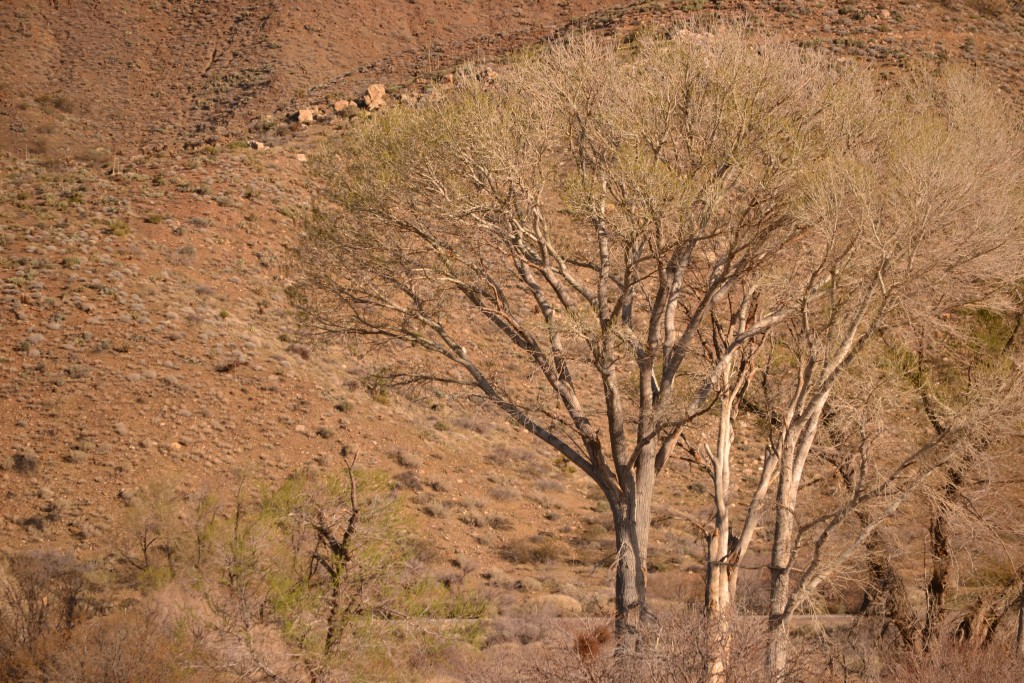
Because the park is named after the bighorn sheep, I was desperately hoping to see one. I imagined watching them climb the steep cliffs sure-footed and quick, but unfortunately, they were nowhere to be found. The park is home to animals such as the kit fox, mule deer, coyotes, red diamond rattlesnakes, roadrunners as well as jackrabbits.
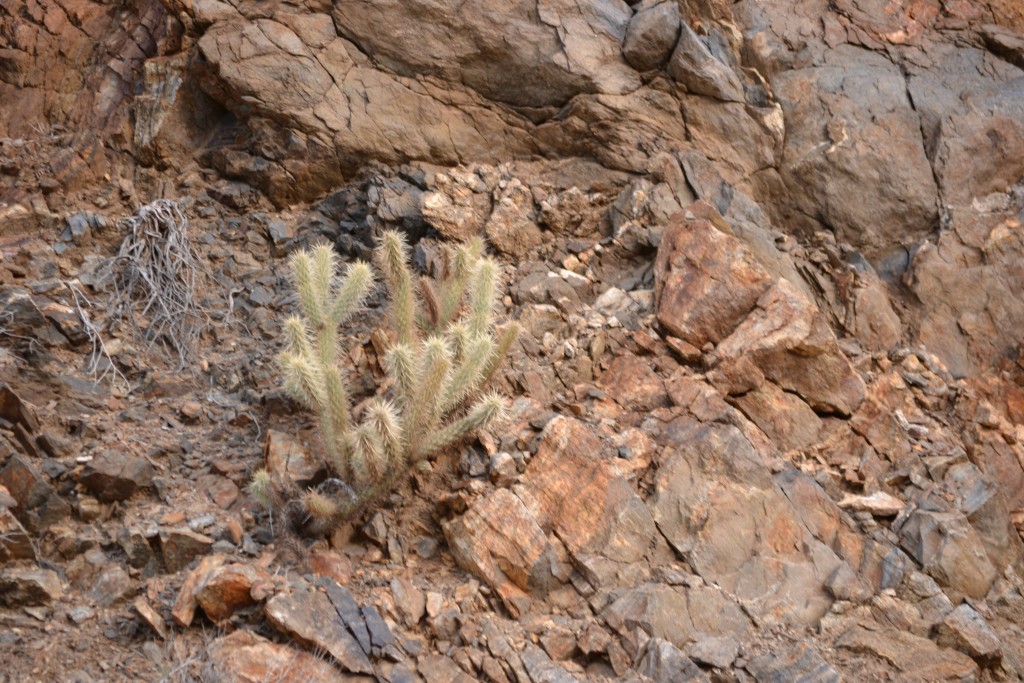
Approaching the exit of the park, I wondered what types of animals lived here during prehistoric times. With a little research, I learned that paleontologists and archaeologists have uncovered evidence of large birds, sloths and cheetahs, saber-toothed cats and camels.
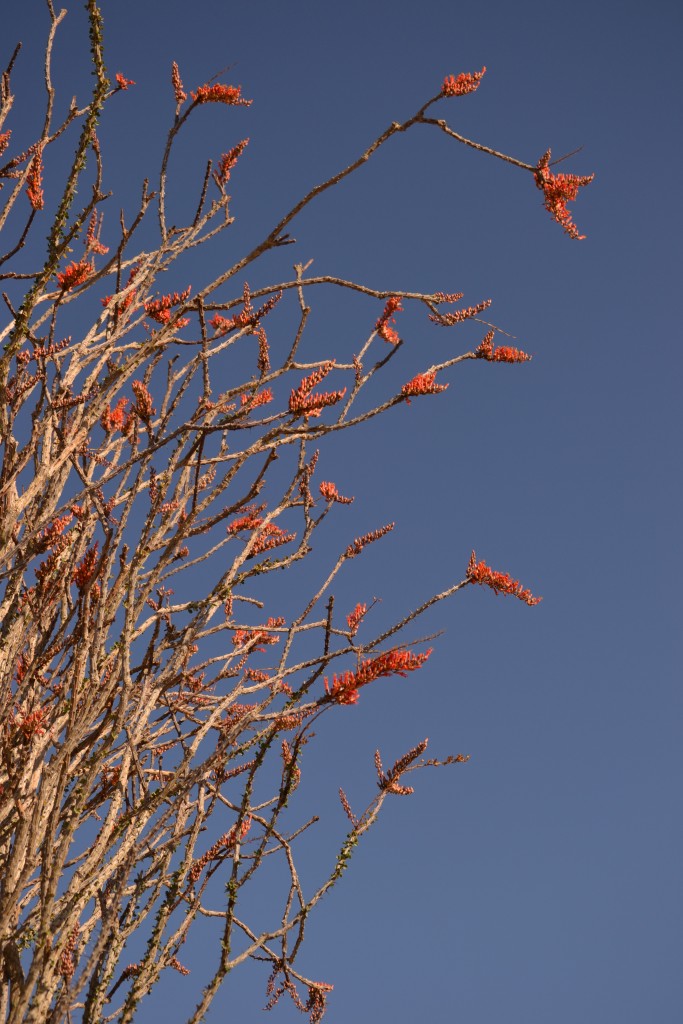
I could spend hours at Anza Borrego and often found myself wanting to return for a weekend camping trip. I imagined the park full of exotic animals that once roamed these desert mountains. I was somewhat disappointed that during all of the times I have visited, I had not seen any of its spectacular wildlife. There was plenty of brown vegetation and it was such a welcome site to pass the red blooming ocotillo plant. Proof that life could have actually survived here.
Is there a location that gives you the opportunity to reflect and escape? Have you visited the Anza-Borrego Desert State Park? I would love to hear about your experience here if you would kindly leave you comment in the section below! Many thanks for reading about my lovely day at Anza and wishing you many Happy Travels!
What to See and What to Do:
Anza-Borrego State Park
Borrego Springs, CA 92004
Telephone: 760 767 4205
- Admission Fee: There is no charge for visiting Anza Borrego Desert State Park
- Hours: Open daily from dawn to dusk; The visitor center is open seven days a week from 9AM to 5PM.
- Amenities: Camping, hiking, biking, horseback riding, historical/cultural site, picnic areas, parking
- Scenic View: The vista point provides scenic views of the park.
- Length of Visit: Over 3 hours
- Tips for Your Visit: February and March are the best times to visit to see the spring flowers. Cellular and internet service may be limited at times. Make sure you have plenty of water and snacks and that you fuel up your vehicle before entering the park. Because this is the desert, make sure you have plenty of sunscreen as temperatures can be very warm.
Where to Stay:
Julian Gold Rush Hotel
2032 Main Street, PO Box 1856
Julian, CA 92036
Telephone: 760 765 0201
Where to Eat:
Julian Pie Company
2225 Main Street
Julian, CA 92036
Telephone: 760 765 2449
What to Eat:
- Pie, lots of pie….
What to Read:
- The Anza-Borrego Desert Region: A Guide to State Park and Adjacent Areas of the Western Colorado Desert, by Diana Lindsay and Lowell Lindsay
- Anza-Borrego A to Z, by Diana Lindsay
- Hiking Anza-Borrego Desert State Park, by Bill Cunningham and Polly Cunningham
- House of the Fox: An Art Mystery Set in California’s Anza-Borrego Desert, by Cornelia Feye
Photo Guide for the Anza-Borrego Desert:
- Font’s Point for a scenic overlook of the badlands
- Borrego Palm Canyon for a lovely group of palms which can be reached by A-Z’s most famous hike.
- Borrego Springs, a small town located inside of the park for the stars and unusual artwork by Ricardo Breceda
- Native American artwork can be seen throughout the park and it is estimated that there are over 50 major art rock sites to include Pictograph Trail in Little Blair Valley.
- Ghost Mountain to see writer Marshal South’s homestead ruins.
- The wildflowers of spring
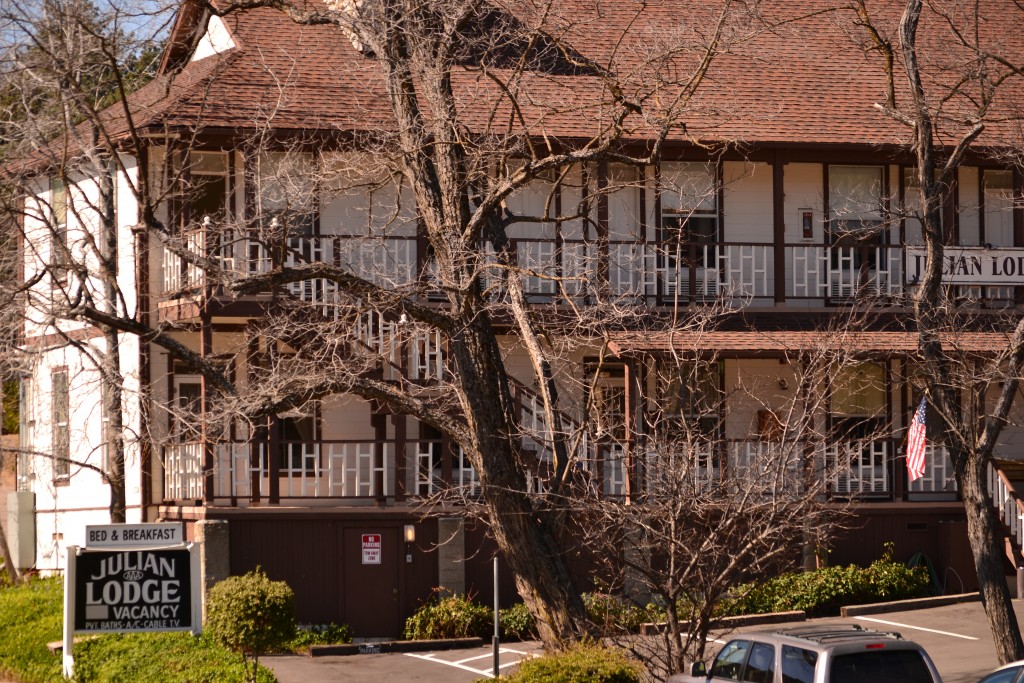
Julian Lodge, Bed & Breakfast
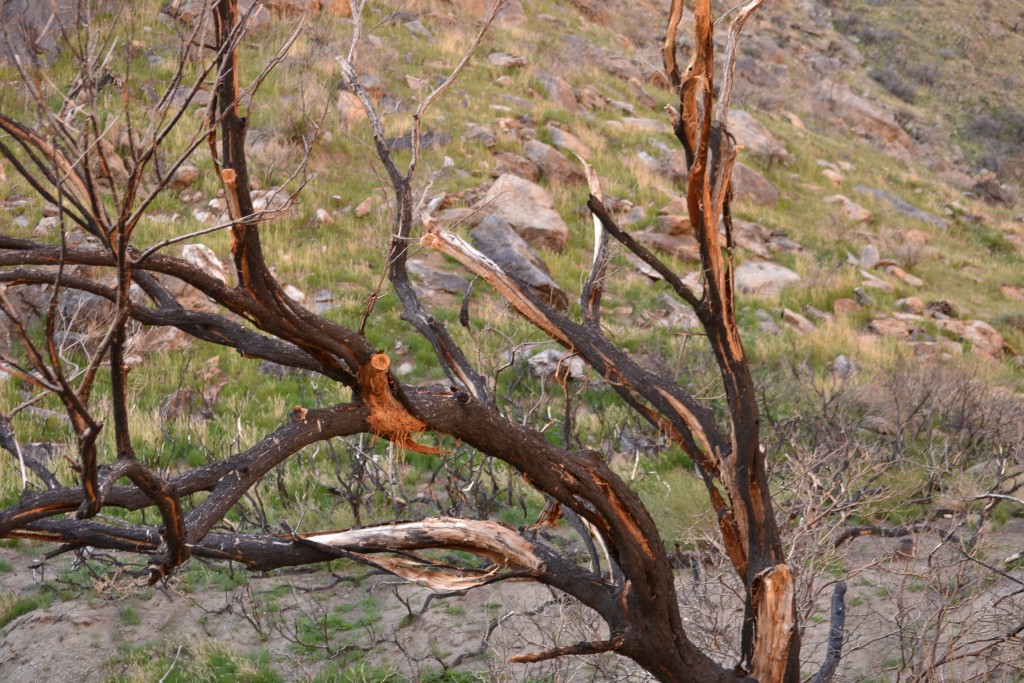
Evidence of Fire at the Anza-Borrego Desert State Park
